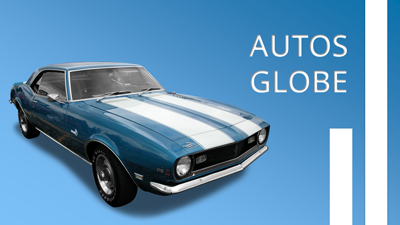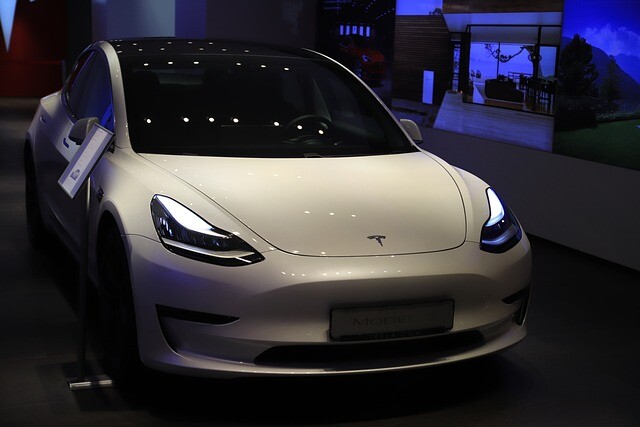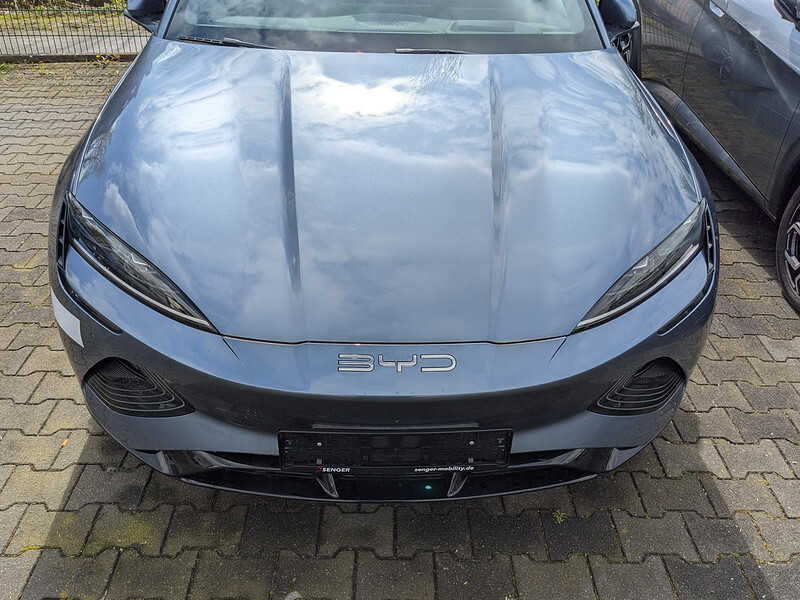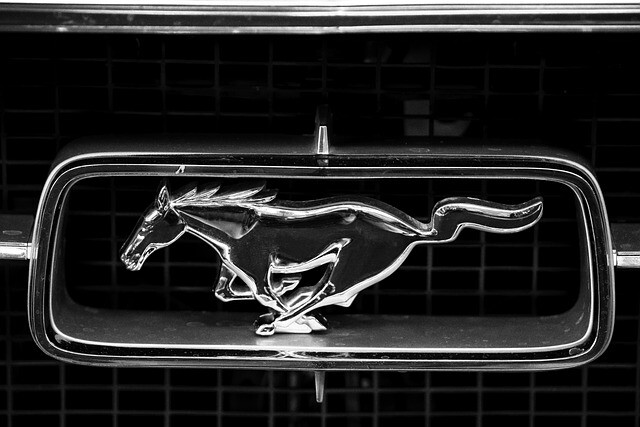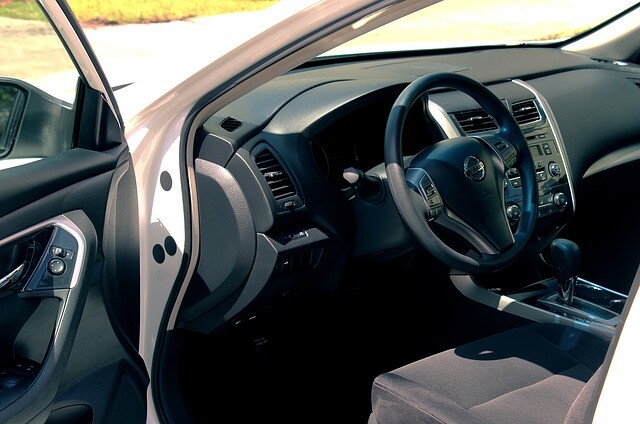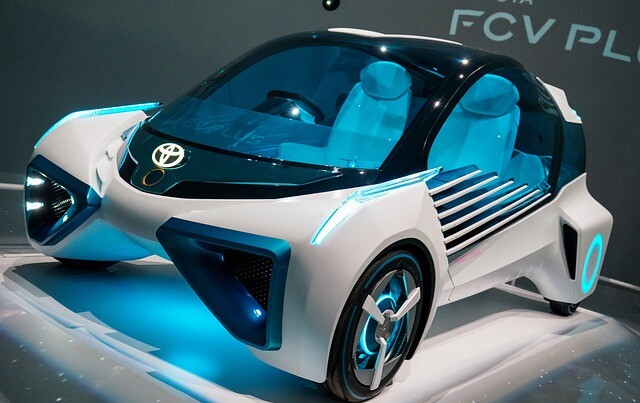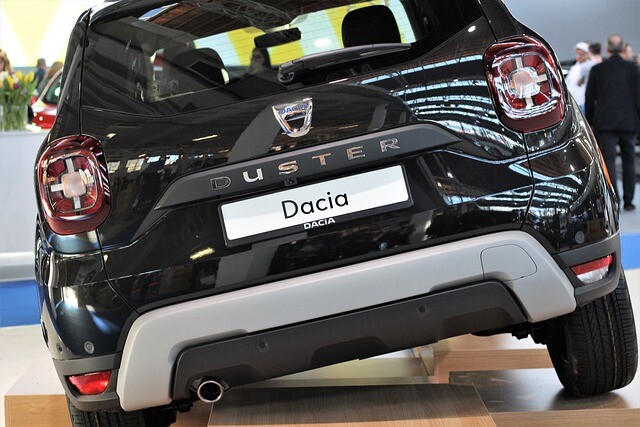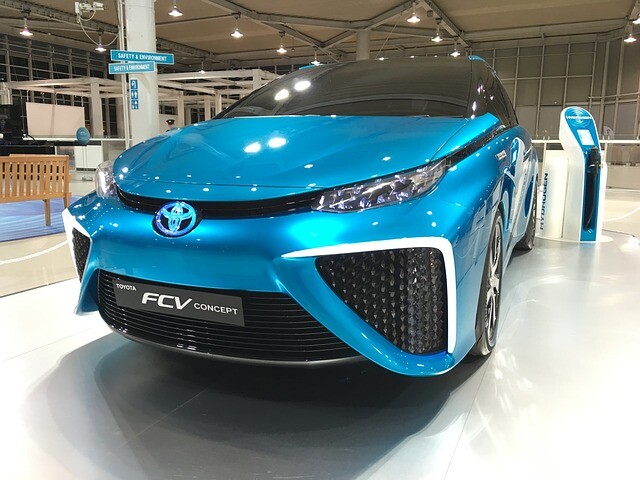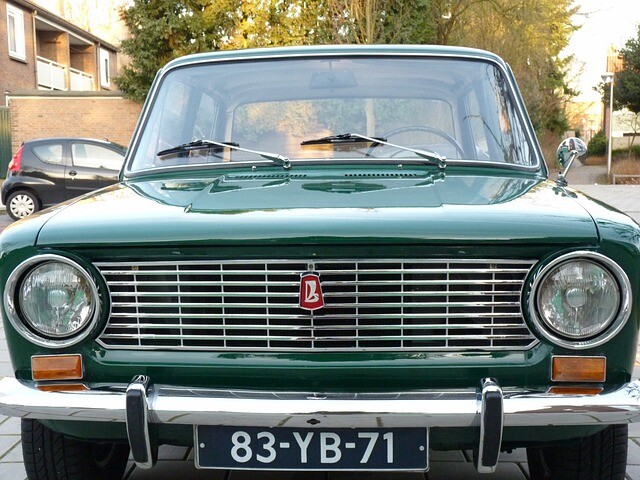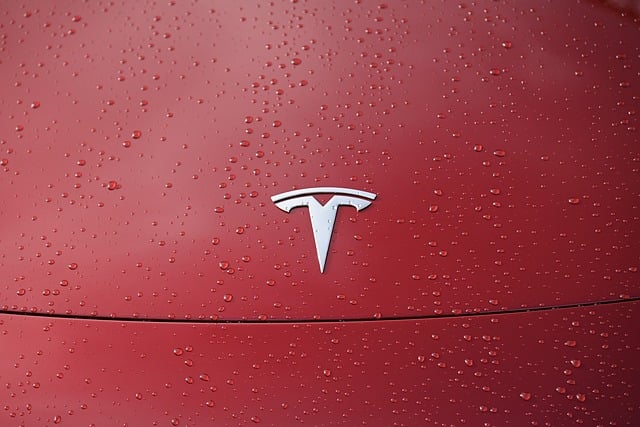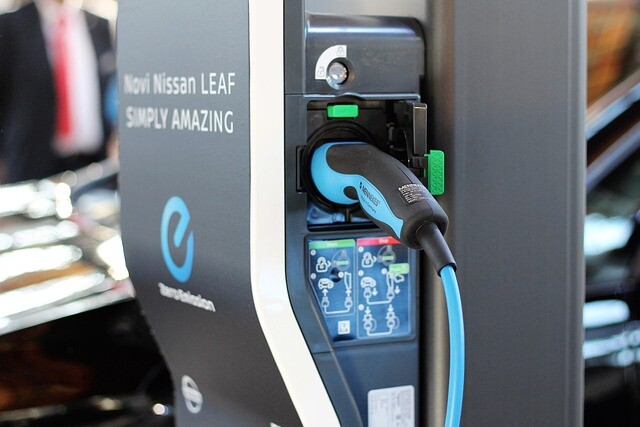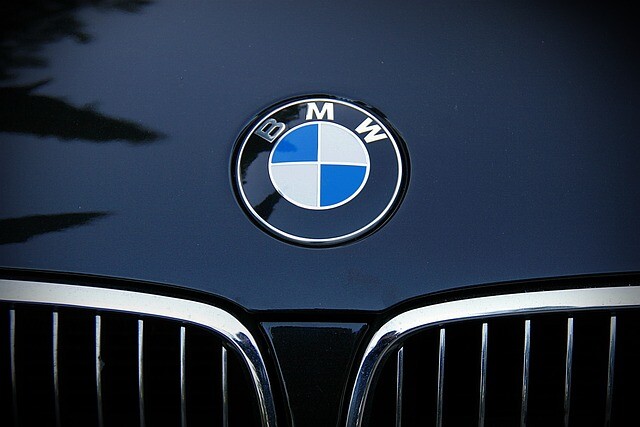Seat Leon
With Mild and plug-in hybrid powertrains and a complete connectivity service package, Seat Leon, the new Spanish mid-range brand, is coming.
Seat Leon reaches its fourth generation. The total development cost of the model was EUR 1.1 billion (about HUF 366 billion), including the preparation of the manufacturing plant, so obviously it has high hopes for its manufacturer. Not without reason: the Spanish brand has never sold as many cars a year as last year, and since Leon is not a crossover - that is, does not sell by its mere existence - it has been packed with modern communication, safety and environmental technologies.
Leon is formally regarded as an evolution of the predecessor model, though in fact all its details have changed; the fluid resistance coefficient improved by 8 percent.
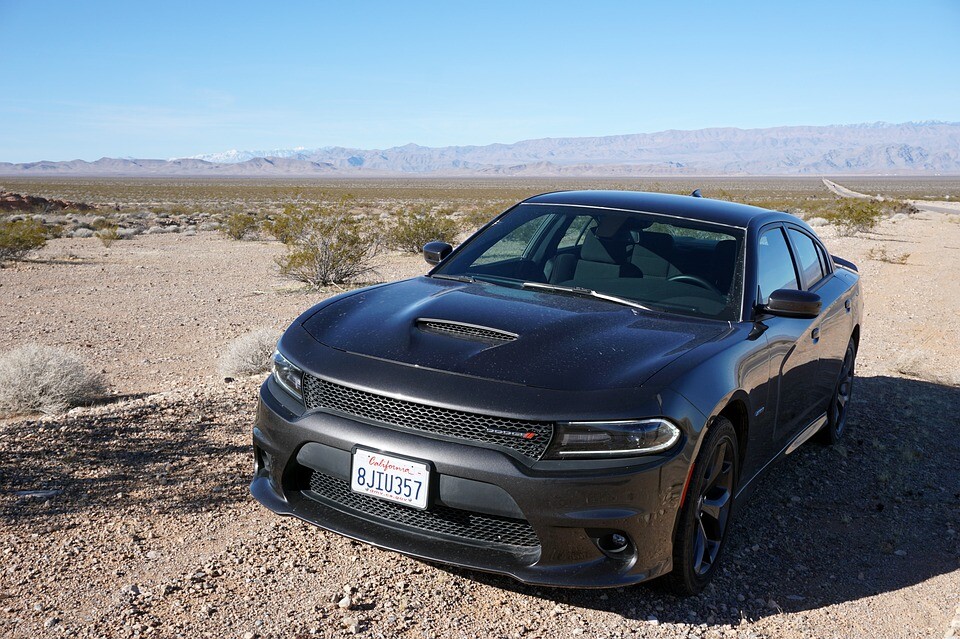
The new car is based on the MQB Evo platform. The five-door model was 86 mm, the station wagon became 93 mm longer, and the wheelbase was increased by 50 mm for both models. Thus, the rear seat space has improved despite the fact that both body variants are 16mm narrower and 3mm lower than their predecessors. The 5-door trunk remained the same, with the combi being 30 liters more spacious.
The instrument panel always has a 10.25-inch digital display; the multimedia monitor has a screen size of 8.25 or 10 inches. Seat has minimized the number of buttons, and most systems can be controlled by voice control. There is Android Auto and Apple CarPlay phone integration, but the important thing is the car's built-in eSIM card, which creates a continuous online connection between the vehicle and the control panel, thus guaranteeing an on-board system upgrade. Some of Leon's features can be controlled remotely from a smartphone.
Only the pure electric version is missing from the Leon transmission range: besides gasoline and diesel engines, there will also be a natural gas (CNG), mild hybrid and plug-in hybrid Leon.
(Source: vadess.hu / Photo: pixabay.com)
